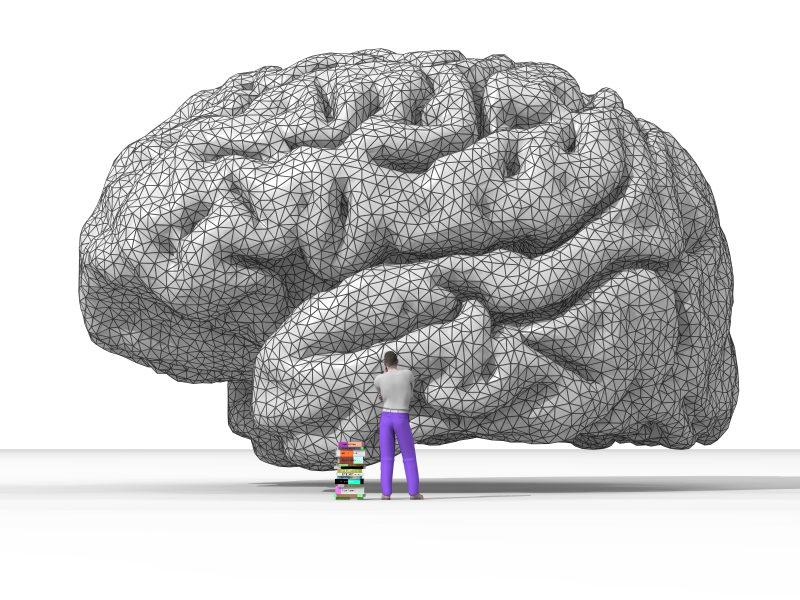Below, I have listed five critical missteps that you should steer clear of to ensure the successful integration of Gen AI in Medicine. This post is primarily for healthcare professionals managing a software team developing a Gen AI application.

Image credit: Nicolas Rougier, GPL via Wikimedia Commons
#1 Focus on requirements
Gen AI is an evolving technological landscape. ChatGPT’s user interface makes it look simplistic. Even a simple interface to any LLM is useful for mundane clinical chores (provided PHI is handled appropriately). However, developing an application that can automate tasks or assist clinical decision-making requires much engineering. It’s crucial to define clear and detailed requirements for your Gen AI solution. Without a comprehensive understanding of the needs and constraints, your project can easily become misaligned with clinical goals. Ensure that your AI application is not only technically sound but also meets the specific demands of healthcare settings. This precision will guide your software development process, avoiding costly detours or features that do not add value to healthcare providers or patients.
#2 Avoid solutioning
When working with your software team, be wary of dictating specific semi-technical solutions too early in the process. Most applications require techniques beyond prompting in a text window. It’s essential to allow your engineering team to explore and assess various options that can best meet the outlined requirements. By fostering an environment where creative and innovative problem-solving flourishes, you enable the team to find the most effective and sustainable technological path. This approach can also lead to discoveries of new capabilities of Gen AI that could benefit your project.
#3 Prioritize features
It’s essential to prioritize the features that will bring the most value to the end-user. Engage with stakeholders, including clinicians and patients, to understand what functionalities are most critical for their workflow and care delivery. This collaborative approach ensures the practicality of the AI application and aligns it with user needs. Avoid overloading your app with unnecessary features that complicate the user experience and detract from the core value proposition. Instead, aim for a lean product with high-impact features.
Gen AI app development is a time-consuming and technically challenging process. It is important to keep this in mind while prioritizing. Time and resource management are key in this regard. Allocate sufficient time for your team to refine their work, ensuring that each feature is developed with quality and precision. This disciplined approach to scheduling also helps in avoiding burnout among your team members, which is common in high-pressure development environments. Remember, a feature-packed application that lacks reliability or user-friendliness is less likely to be embraced by the healthcare community. Focus on delivering a polished, useful tool.
#4 You may never get it right, the first time when it comes to Gen AI in Medicine
Accept that perfection is unattainable on the initial try. In the world of software, especially with Gen AI, iterative testing and refinement are key. Encourage your team to build a Minimum Viable Product (MVP) and then improve it through user feedback and continuous development cycles. This iterative process is crucial to adapt to the ever-changing needs of healthcare professionals and to integrate the latest advancements in AI. Also, don’t underestimate the value of user testing; real-world feedback is invaluable.
#5 Avoid technology pivots and information overloads
Avoiding abrupt technological shifts late in the development cycle is critical. Such pivots can be costly and disruptive, derailing the project timeline. Stay committed to the chosen technology stack unless significant, unforeseeable impediments arise. Additionally, guard against overwhelming your team with excessive information. While staying informed is crucial, too much data can paralyze decision-making. Strive for a balance that empowers your team with the knowledge they need to be effective without causing analysis paralysis.
In my next post, I will explain the symbols and notations that I employ in my Gen AI in Medicine development process. BTW, What is your next Gen AI in Medicine project?
- Are we trapped in a matrix? - November 18, 2025
- Design Science Research in Healthcare: Bridging the Gap Between Ideas and Impact - November 11, 2025
- Four takeaways from vibe coding - October 29, 2025